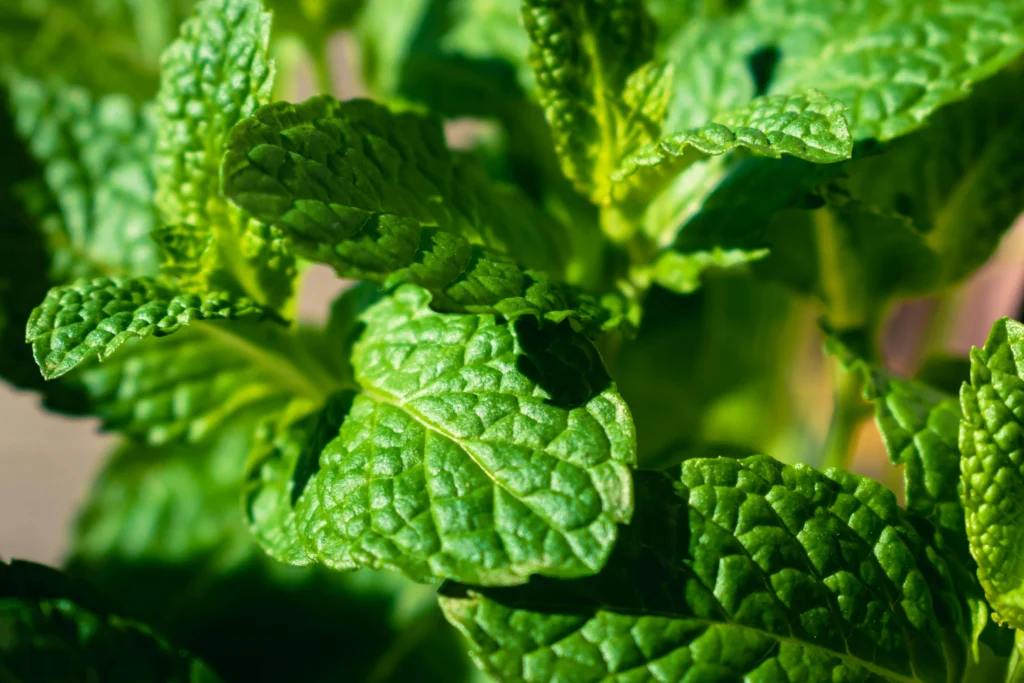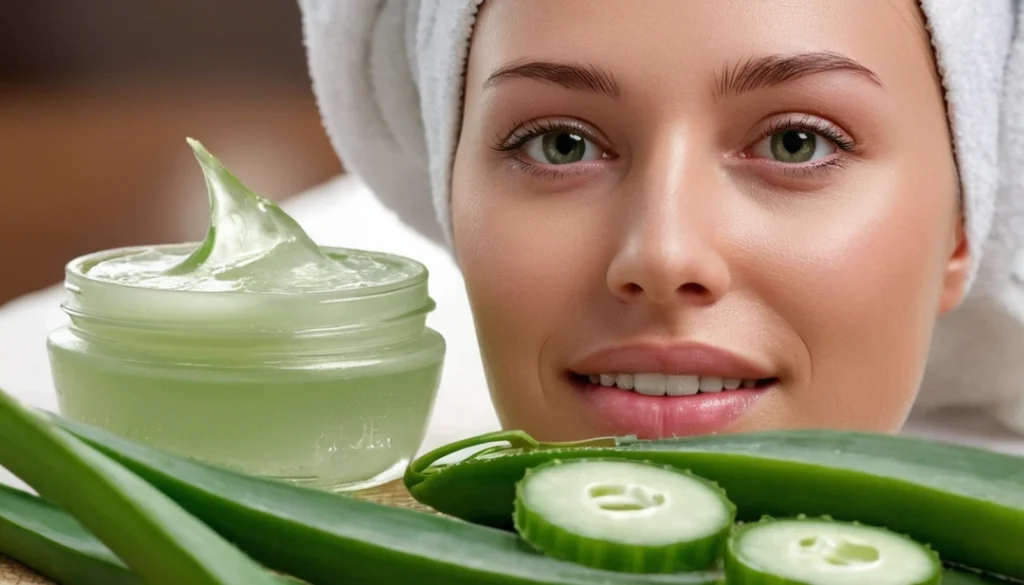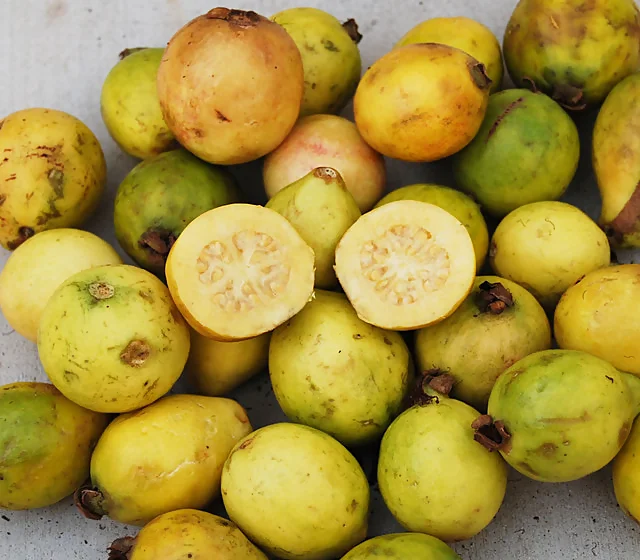How to make oregano tea
How to make oregano tea Ingredients: To make oregano tea, you can use either fresh or dried oregano and steep it in hot water. Oregano tea can be made in approximately 5 minutes. This herbal tea is a cozy drink that may provide relief and nutritional benefits. 1 or 2 sprigs of fresh oregano, or 2 teaspoons of dried oregano 1 1/2 cups of water Optional: honey, lemon, lime, or orange slice to taste Instructions: Boil water in a saucepan or tea kettle. If using fresh oregano, wash the sprigs or leaves. Place them in a mug and lightly mash the leaves to release their oils. If using dried oregano, place it in a tea strainer or tea bag and put it in a cup. Pour boiling water over the oregano. Let the tea steep for 2 to 5 minutes. Steeping it longer will result in a more intense flavor, but oregano has a bitter taste. Remove the oregano leaves with a tea strainer, in a cup.. Add honey or a slice of lemon or orange to taste, if desired, and stir. Oregano tea benefits What is oregano? as you might have heard,it is a culinary herb that offers a distinctive flavor and aroma to foods. With its zesty, slightly bitter and minty notes, oregano has become a staple in various global cuisines. From pizza and pasta dishes to meat, vegetables and more, oregano can enhance the taste and even provide potential health benefits. This comprehensive guide will explore all aspects of oregano – its history, varieties, culinary uses, nutrition facts, health benefits, how to grow it, and ways to cook with this aromatic herb. Read on to learn everything you need to know about oregano! Key takeaways Versatility and Preparation Options Oregano can be used in multiple forms: fresh, dried, as tea, or preserved. The herb can be preserved in six different ways (drying, freezing, oil infusion, pesto, vinegar infusion, and salt/sugar mix). Each variety (Mediterranean, Greek, Italian, Mexican, and Turkish) offers unique flavor profiles for different culinary applications. 2. Significant Health Benefits with Important Precautions. Rich in antioxidants and antimicrobial properties. Offers eight major health benefits, including anti-inflammatory effects and digestive support. However, comes with potential side effects that require careful consideration, especially for those on medications or during pregnancy Nutrition Facts and Health Benefits of Oregano Here is the nutrition profile of 1 teaspoon (0.6 grams) of dried oregano according to the United States Department of Agriculture: Nutrition Facts Serving Size: 1 tablespoon (2g) Calories 6 % Daily Value* Total Fat 0.1g 0% Cholesterol 0mg 0% Sodium 1mg 0% Total Carbohydrates 1.2g 0% Dietary Fiber 0.8g 3% Sugars 0g Protein 0.2g Vitamin A 2% DV Vitamin C 3% DV Calcium 8% DV Iron 9% DV * Percent Daily Values are based on a 2,000 calorie diet. Packed with antioxidants and antimicrobial components, oregano offers some great health perks along with its bold, appetizing flavor. Potential Health Benefits Several lab studies indicate oregano has beneficial bioactive compounds that may: Fight inflammation: Carvacrol and rosmarinic acid in oregano display anti-inflammatory activity useful for treating arthritis, pain and swelling. Boost immunity: With antimicrobial and antioxidant effects, oregano oils can strengthen the immune response and prevent infections. Support digestion: Oregano stimulates bile flow to improve digestion. Its oils relieve bloating, gut spasms and gas. Lower cholesterol: Some research notes oregano extract helps reduce LDL cholesterol and prevent fat accumulation in the liver. However, most studies have tested concentrated oregano extracts on cells. More human studies are needed to confirm these preliminary health benefits. But so far, early results seem promising! How many varieties of oregano here are over 50 species of oregano available. But for culinary purposes, Greek oregano, common oregano, and Italian oregano are more widely used. Oregano is a widely used herb in various cuisines around the world, primarily known for its robust flavor and versatility. The most commonly used types of oregano include. 5 Common Varieties of Oregano Mediterranean Oregano (Origanum vulgare) Greek Oregano (Origanum vulgare subsp. hirtum) Italian Oregano (a hybrid of Origanum vulgare and marjoram) Mexican Oregano (Lippia graveolens) Turkish Oregano (Origanum onites) Mediterranean Oregano (Origanum vulgare) This is the most prevalent variety, often referred to simply as oregano. It is a key ingredient in Mediterranean cuisine, especially Italian and Greek dishes, where it enhances flavors in sauces, meats, and salads. The flavor is aromatic with a slightly peppery taste Greek Oregano (Origanum vulgare subsp. hirtum) A specific subspecies of Mediterranean oregano, Greek oregano is known for its strong flavor and is frequently used in Greek cooking, particularly in dishes like Greek salad and grilled meats Worldwide Oregano Production (2014-2023) Year Turkey Mexico Greece Morocco Peru 2023 14,500 12,800 8,200 6,500 5,800 2022 14,200 12,500 8,000 6,300 5,600 2021 13,800 12,200 7,800 6,100 5,400 2020 13,500 11,900 7,600 5,900 5,200 2019 13,200 11,600 7,400 5,700 5,000 2018 12,800 11,300 7,200 5,500 4,800 2017 12,500 11,000 7,000 5,300 4,600 2016 12,200 10,700 6,800 5,100 4,400 2015 11,900 10,400 6,600 4,900 4,200 2014 11,600 10,100 6,400 4,700 4,000 Italian Oregano (a hybrid of Origanum vulgare and marjoram) This variety combines the flavors of both oregano and marjoram, making it popular in Italian cuisine for pasta sauces and pizza Mexican Oregano (Lippia graveolens) Although not botanically an oregano, this variety has a flavor profile that complements Mexican and Southwestern U.S. dishes like chili con carne. It is stronger and more citrusy than Mediterranean oregano Turkish Oregano (Origanum onites) Used extensively in Turkish cuisine, this type has a slightly different flavor but shares culinary applications similar to Mediterranean oregano 8 Health Benefits of Oregano Oregano is not only a popular culinary herb but also offers various health benefits attributed to its rich nutrient profile and bioactive compounds. Here are some of the notable health benefits of oregano: Health Benefits of Oregano Antioxidant Properties.Oregano is rich in antioxidants, which help combat oxidative stress in the body. The presence of compounds like carvacrol and thymol contributes to its ability to neutralize free radicals, potentially reducing the risk of chronic





